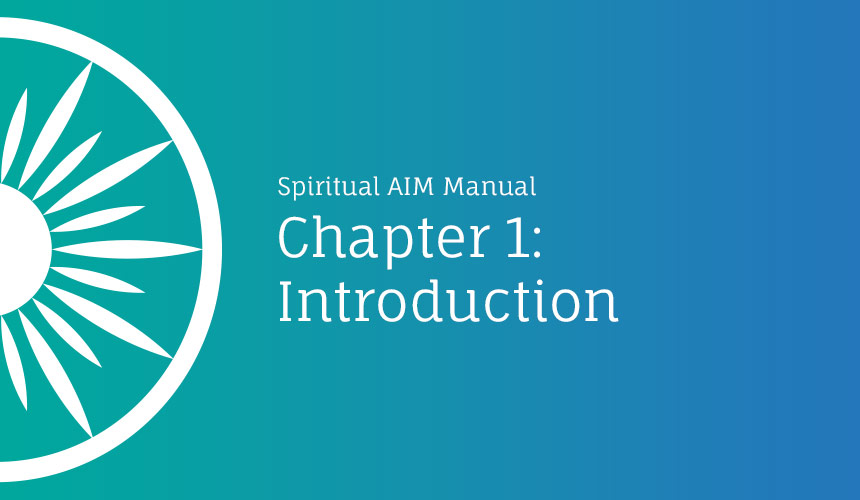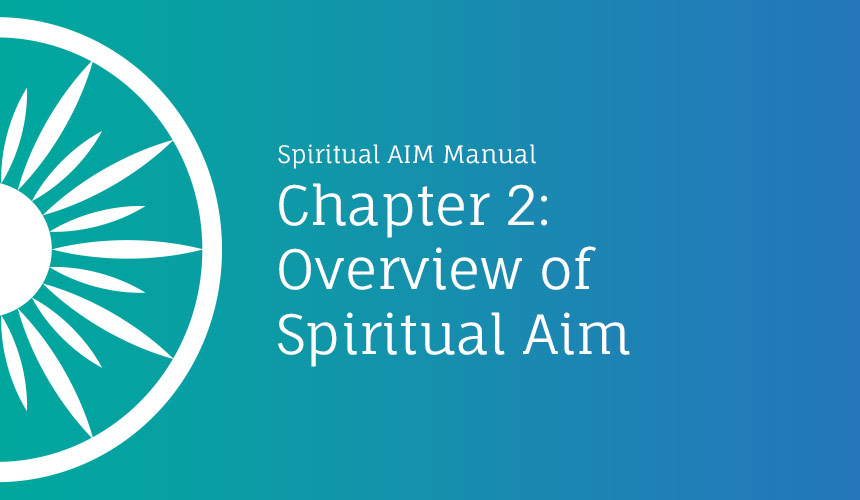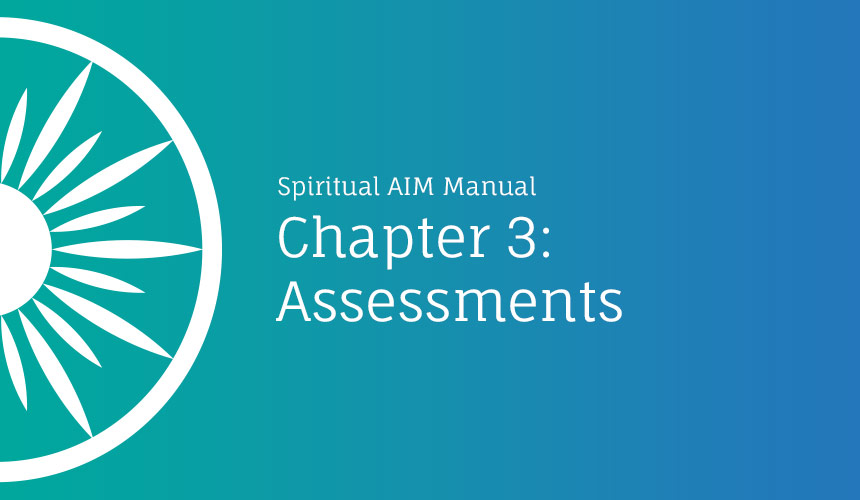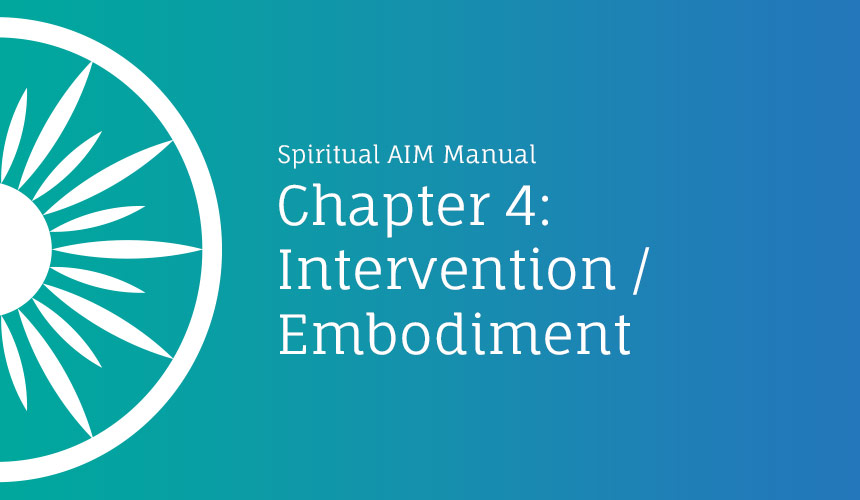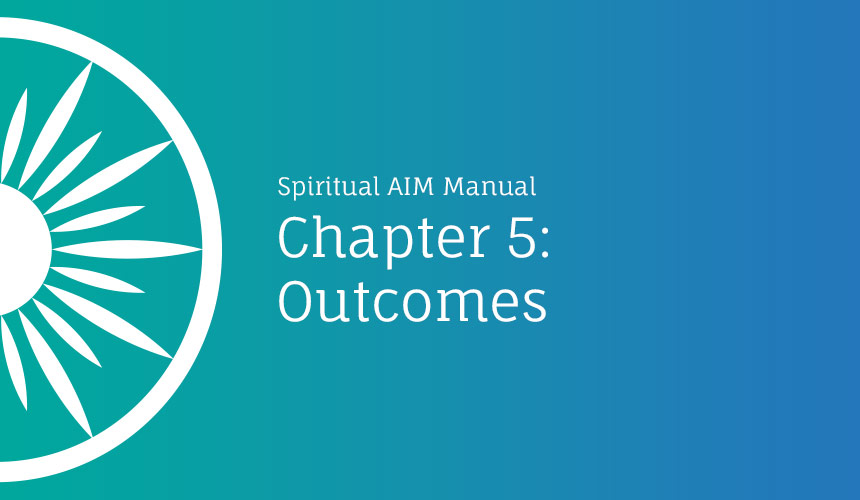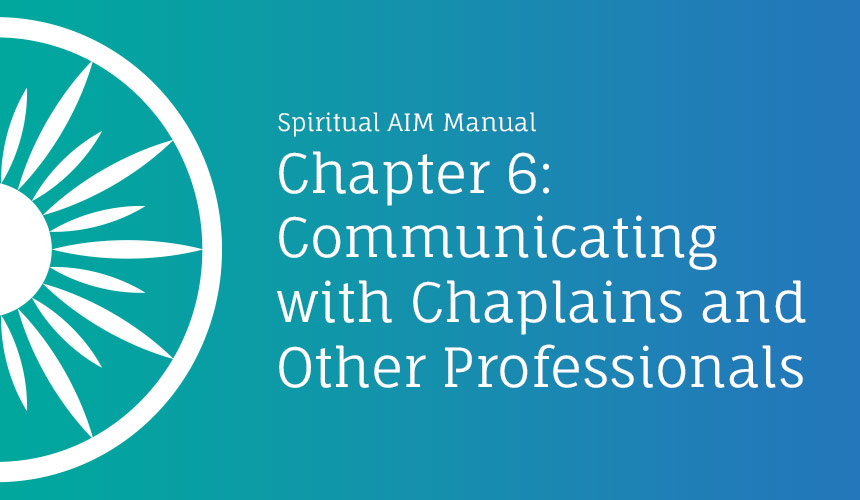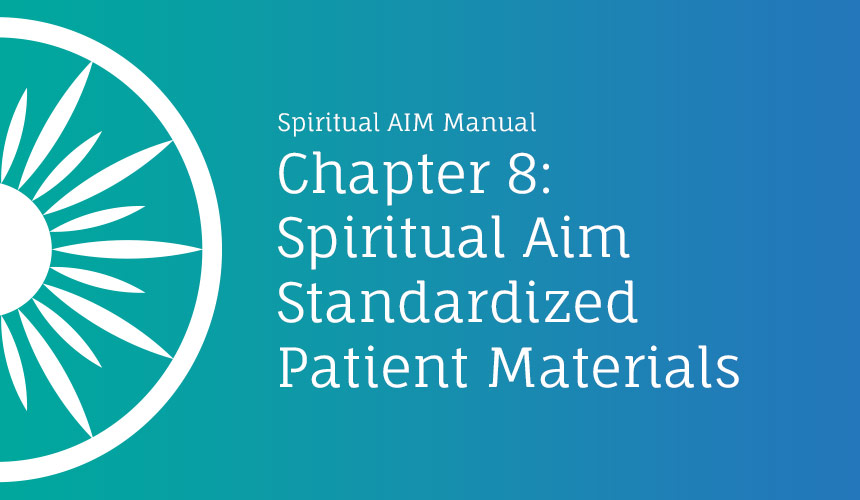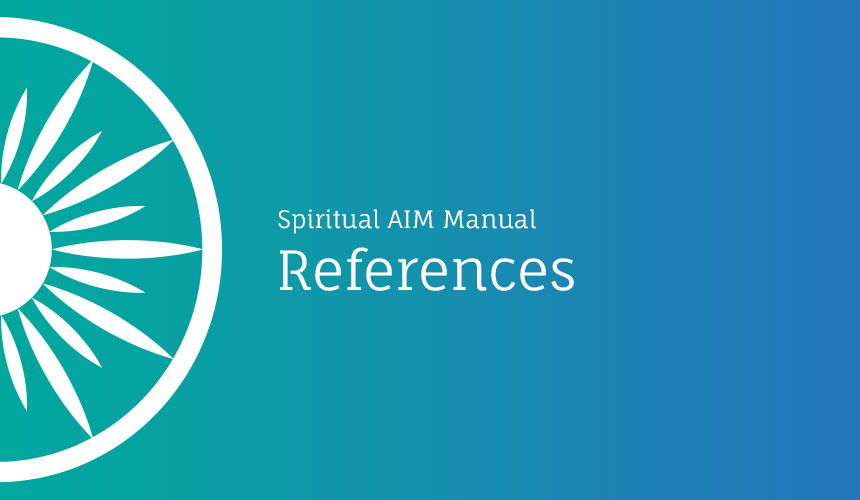Pediatrics
Children tend to be able to “imagine” freely, and this can provide insight into their experience, and opportunity to heal in relationship with you. Pediatrics is a unique clinical specialty and chaplains working in this setting benefit from specialized training and mentorship. We also recommend collaborating closely with Child Life Specialists. In general, chaplain interactions with children should be guided by the self-worth and community belonging core spiritual need. Affirmation and focusing on building rapport are essential. At the same time, if the child is clearly expressing anger, the chaplain can help them express their frustration as a way to connect with their power in a situation where they feel powerless. For example, with whom are they angry? If they are questioning their situation, the chaplain should embody the guide. But all this should be done with the self-worth interventions in mind.
For example, a child in the ICU expressed feeling powerless to impact what was going on in her life. The chaplain encouraged the patient to express her anger by giving her a squirt gun. The patient led with intense anger, so a chaplain might assume that reconciliation is her spiritual need. But in fact, she had not contributed to any brokenness in relationship.
She was legitimately angry about her situation. A chaplain can support a young patient by reminding and reinforcing boundaries. For example, asking, “Do you think it is helping when you throw food on the floor? Why are you doing that?” can remind the patient that their actions do impact others, even the powerful adults around them. The hope is that if the chaplain embodies and demonstrates boundaries, this may serve as modeling to the patient, who can internalize and apply this.
If the child is questioning, the chaplain should resist the urge to give answers, which can be especially tempting with small children. Wade through the questions with them; advocate for physicians to explain to them what is going on in factual and age-appropriate ways. Chaplains should always leave medical explanations to medical providers, but the chaplain can advocate. For example, “Dr., the patient has some questions about why he is taking this medication, and how it will help him heal.” Medical providers may look to the chaplain to address existential issues in pediatrics. If a patient brings up questions or fears about themselves or a loved one dying, the chaplain can explore their precise concerns. “What are you most concerned about? What are you afraid of? What would you miss?” The chaplain can also offer mentoring and support to parents who are not sure how to engage on this topic with their children. The chaplain can help facilitate these conversations, especially when there are explicit theological concerns, such as questions and beliefs about heaven.
Reflection Break
The child of an adult patient meets you and instantly tells you about a balloon they saw, floating away in the sky. Thinking about Spiritual AIM, how would you respond?
A pediatric patient looks out the window and shows you a cloud they believe is shaped like a horse. How would you respond?
Dementia
Chaplains can provide individuals with dementia with a sense of community by demonstrating that they value their memories and that their life has been and is meaningful.
Chaplains should consult with those who specialize in caring for patients with dementia to inform their care. However, there are some helpful generalizations that align with aspects of Spiritual AIM. It is now common knowledge that playing familiar or favorite music for patients with dementia, particularly music from their youth, can have a calming impact. One wonders if the music connects them to some sense of their identity.
Using metaphorical language can also be helpful. If a patient is telling a story about being in a boat tossing in the ocean, or stating that they are a child needing to get home, the chaplain can tune into the meaning behind the content of what they are discussing. “What would make you feel like you were home? What would make you feel safe and secure? What is home like?” For example, every evening an elderly woman with dementia insisted on having all of the family photographs she displayed in her room packed up in a bag and “ready to go.” The chaplain can advocate for this kind of simple comfort.
Chaplains can provide these individuals with a sense of community by demonstrating that they value their memories and that their life has been and is meaningful.
Psychiatric Care
This section assumes that professional chaplains possess basic knowledge and skills to provide spiritual care that is congruent with care for mental health and psychiatric conditions. As with any spiritual care, it is crucial for chaplains to observe and address the mental state of a patient in their care and refer and consult with a mental health professional accordingly.
Mental health considerations may also overlap with any of the other special considerations described in this manual. Providing sensitive and effective care to patients in an acute psychiatric event or with a history of mental illness entails reviewing the patient’s medical record, if possible, so that the chaplain can align the psychosocial information with the spiritual care plan. As with all specialties, there is a vast array of skill that mental health providers have in screening and addressing spiritual needs. When collaborating with a non-chaplain provider, we recommend that chaplains set aside their assumptions about what the provider may or may not know and be prepared to provide collegial education about professional spiritual care.
Clinicians who work in mental health and psychiatric settings develop best practices and helpful generalizations about spiritual needs in psychiatric care. This manual does not focus on this information. Rather, this chapter provides a generic, introductory overview of the intersection of spiritual and psychiatric care, using examples from the Spiritual AIM study. For details, please download the full Spiritual AIM manual.
Addiction
Although we do not wish suffering on anyone, pain can be a great spiritual teacher for folks with a core spiritual need of Reconciliation and provides the motivation to recover.
If a patient is not ready to address their addiction, then reconciliation with others will not be possible. However, the chaplain can put the focus on the immediate needs related to addiction (i.e., accountability regarding pain medication, housing).
Putting aside the debate about the efficacy of various treatments for addiction, the 12 Steps of Alcoholics Anonymous are also the steps of the Spiritual AIM reconciliation process. As you may know, these steps have been applied to 12 Step programs for various addictions. Whenever dealing with someone with an alcohol or substance use disorder, a chaplain must remember to take the stance of the truth-teller and work through the reconciliation process, empowering the patient to take responsibility for their actions before any further spiritual healing can be done. Chaplains may find it useful to be familiar with the 12 Steps so that if they are caring for a patient walking that spiritual path, they can be supportive. For example, if they observe that a person is not being fully contrite, they can advise them to return to the appropriate step.

